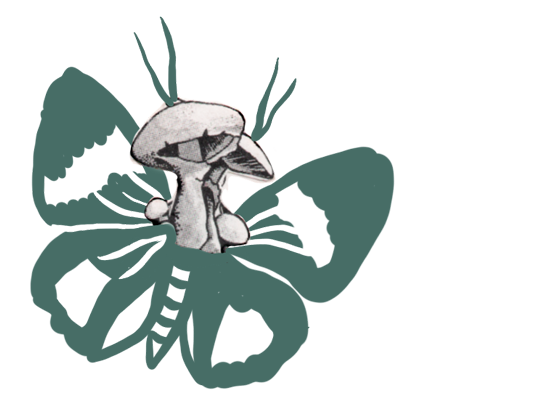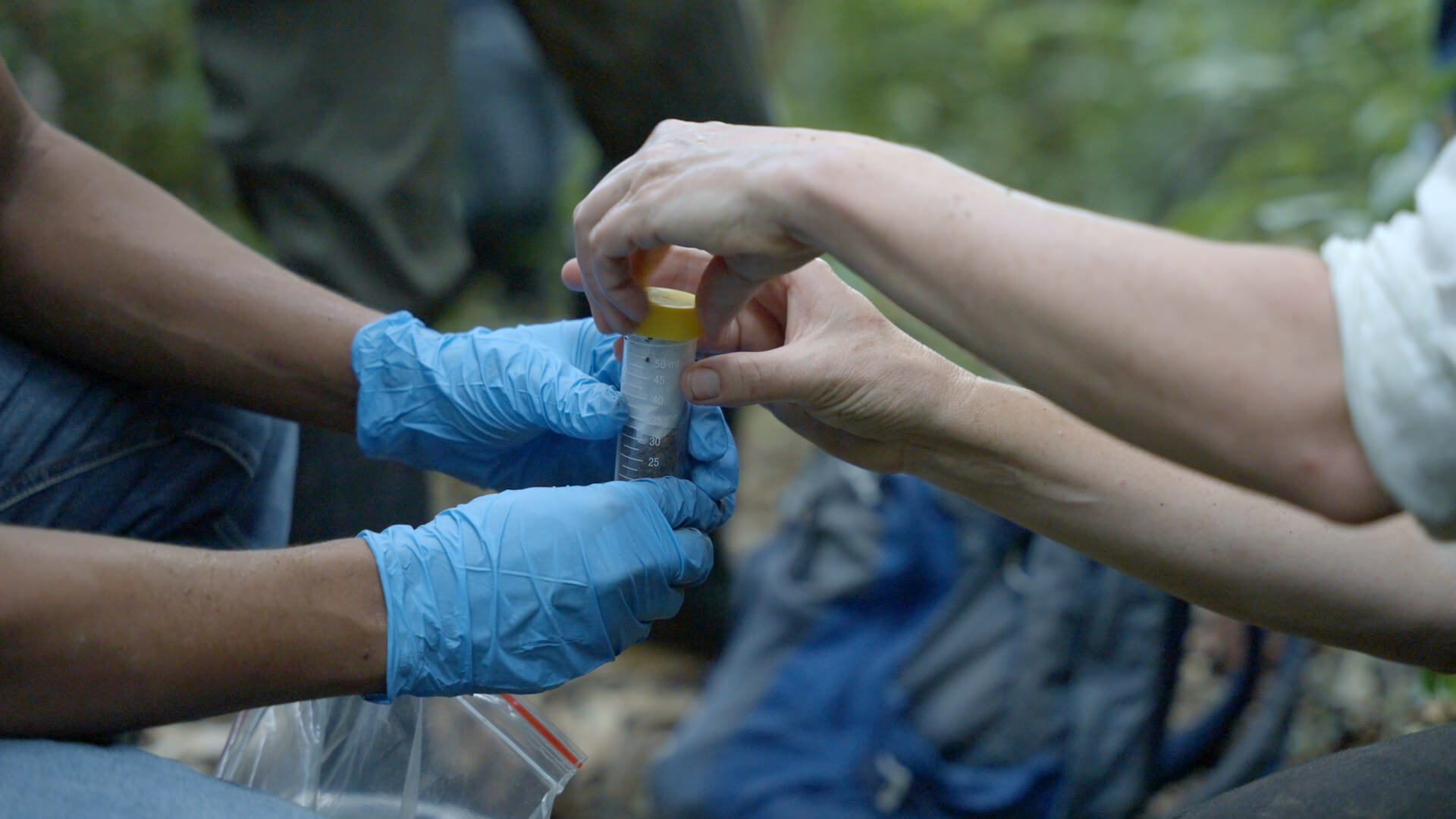Action
MOTH & the Sciences

The sciences have long shaped how we understand each other and the world around us. In recent years, advances in the sciences—from botany to ecology to geology and well beyond—have radically altered our understanding of the living world. While these advances have generated practically innumerable insights, several in particular are especially relevant for moving law beyond anthropocentrism. This includes, for example, the insight offered by certain sciences that life on Earth is profoundly entangled and even co-created, as life maintains the conditions on Earth which allows it to flourish. Intelligence, moreover, permeates the living world, as do other features—like advanced problem-solving and complex communication—which were previously thought to be the sole remit of human beings. Finally, above all else, these sciences show that human beings are made of this world—this larger web of life—rather than apart from it.
In other words, the sciences offer profound insights into the living world, which the law and other disciplines have been slow to absorb. If taken seriously, however, these scientific insights could transform how we legally and politically organize human relations with the more-than-human world.
And so, how can the sciences—from mycology to botany and ecology to marine biology—be translated into and transform the law to better protect life on Earth? Moreover, how can Indigenous and Western sciences join forces to create and transform legal protections for the more-than-human world?
The MOTH Program works with partners around the world on developing answers to these questions.
Translating Science into Law
In light of the many profound advancements in scientific insights into the living world, how can the sciences, especially the biological sciences, be translated into and transform our understanding of the law to better protect life on Earth?
Read more

Bridging Indigenous and Western Sciences
Indigenous and Western sciences have both made important and distinctive contributions to our collective understanding of the more-than-human world. Now, more than ever, these types of collaborations and the ideas and practices they generate are needed to tackle ecological challenges and protect human and nonhuman life.
Read more